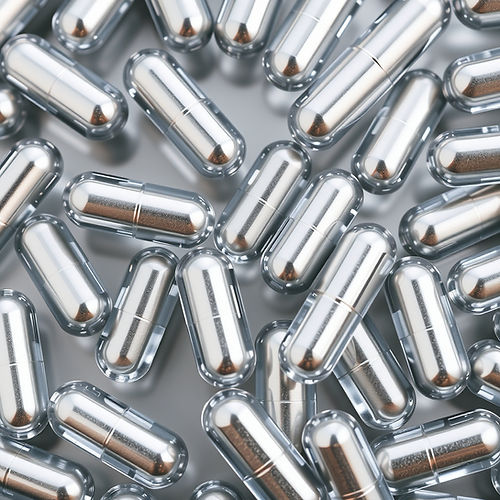
My research areas
Adaptation and computation in biology
Biological systems are similar to engineered systems in that they solve optimization problems and learn complex behaviors. For example, immune cells must perform effective statistical inference to distinguish between native cells and pathogens and foraging bacteria must balance exploration of new resources and exploitation of existing ones. However, unlike engineering, cells are strongly constrained by energy and a limited reservoir of chemicals, and they must arrive at solutions via evolution or other mechanisms that utilize local (rather than global) information. By comparing the cell's algorithms to rigorous mathematical bounds or state-of-the-art engineering solutions, we can elucidate the roles of constraints, fluctuations, and the interplay between multiple cellular functions.
Geometry and networks in soft and living systems
Given recent advances in experimental cell biology on extracting and imaging the 3D structure of the cytoskeleton by binding metal nanoparticles on actin filaments and microfibers, a rich body of theoretical work can be done on the topological and geometrical measures of such networks, including many-body correlation functions of nodes, edge length distributions, and higher-order structures (e.g., persistent homology of simplices). These statistical-geometrical approaches to patterns in biology can be applied to study other systems, e.g., pigment distribution that leads to birds' structural colors and channels in sponges that allow for efficient circulation of nutrients.
Inverse statistical mechanics and self assembly
The holy grail of chemistry and materials science is to design matter with desired properties for a broad range of engineering applications, e.g., medicine, sustainable energy and electronics. I develop physics-informed algorithms that efficiently and precisely extract the required inter-particle interactions that allow particles to self-assemble into desired structures and mechanical, electrical and transport properties. Among the exotic systems I design are "disordered hyperuniform" ones, which are unusual states whose molecular arrangements resemble typical liquids at short length scales but are as uniform as crystals at large length scales. My package InverseStatMech.jl is officially registered in Julia Package Registry.
Self-assembly is also ubiquitous in biological contexts. For example, how do protein monomers of several nanometers in diameter self-assemble into chiral elastic filaments of several microns, which in turn assemble into cell-spanning bundles and networks? I use simulation tools to discover design principles of novel artificial proteins that can spontaneously form large metastructures, which are prototypes to materials compatible with biological environments. They can be developed into medical equipment and artificial tissues that are less invasive for patients, as well as eco-friendly consumer products.